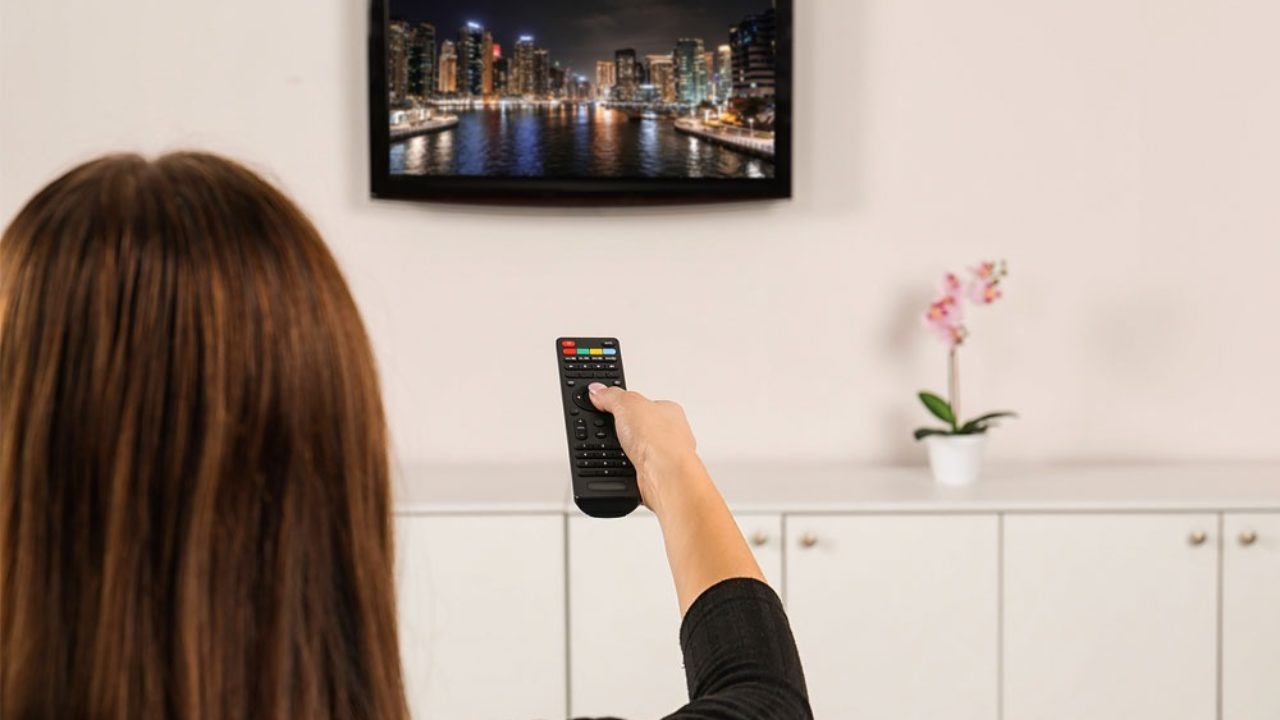There is no one “best” TV for the eyes as it depends on individual preferences and needs. However, some features to look for in a TV that may be better for the eyes include:
- Low blue light: Some TVs have a setting or feature that reduces the amount of blue light emitted, which can be easier on the eyes.
- High resolution: A higher resolution TV will generally display a clearer, sharper image which can be easier on the eyes.
- Adjustable brightness: Being able to adjust the brightness of the TV can help reduce eye strain.
- OLED or QLED: OLED and QLED TVs are known for their deep blacks, vibrant colors and wide viewing angles, which can be a better option if you spend long hours watching the TV.
Ultimately, the best TV for the eyes will vary depending on the individual viewer’s needs and preferences. It’s important to test a TV before you buy it to see if it feels comfortable to watch.
What is low blue light?
Low blue light is a feature found in some televisions that reduces the amount of blue light emitted. Blue light has been shown to affect sleep patterns and can cause eye strain, so reducing the amount of blue light emitted can be easier on the eyes.
What is high resolution?
High resolution refers to the number of pixels on a screen. The more pixels a screen has, the clearer and sharper the image will be. A higher resolution TV will generally display a clearer, sharper image which can be easier on the eyes.
What is adjustable brightness?
Adjustable brightness is a feature found in some televisions that allows the viewer to adjust the brightness of the screen. This can help reduce eye strain by allowing the viewer to set the brightness to a comfortable level.
What are OLED and QLED?
OLED (organic light-emitting diode) and QLED (quantum dot LED) are technologies used in televisions that are known for their deep blacks, vibrant colors and wide viewing angles. These types of TVs can be a better option if you spend long hours watching the TV.
How can I test a TV to see if it feels comfortable to watch?
When testing a TV, it’s important to check for a few things:
- Make sure the resolution is high enough for you.
- Test the low blue light feature, if available, and adjust it to a comfortable level.
- Adjust the brightness to a comfortable level.
- Check the viewing angles and the color accuracy.
- Test the TV in the environment you plan to use it in and watch different types of content to see how it looks and feels.
It is important to note that there is no one “best” TV for the eyes as it depends on individual preferences and needs. However, by looking for features such as low blue light, high resolution, adjustable brightness, OLED or QLED, you can narrow down your options and find a TV that works best for you. Additionally, it is also important to consider other factors such as room lighting and viewing distance.
